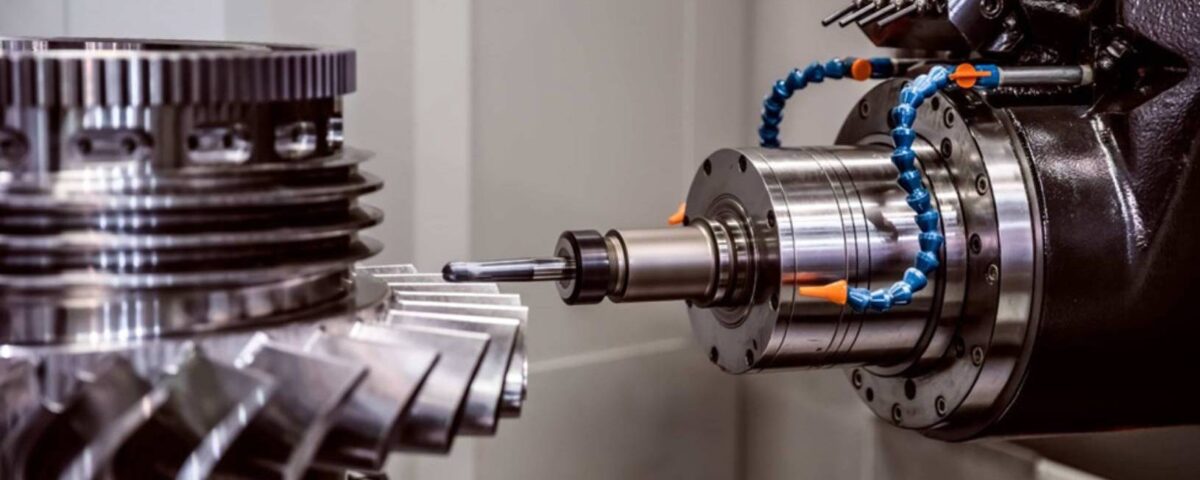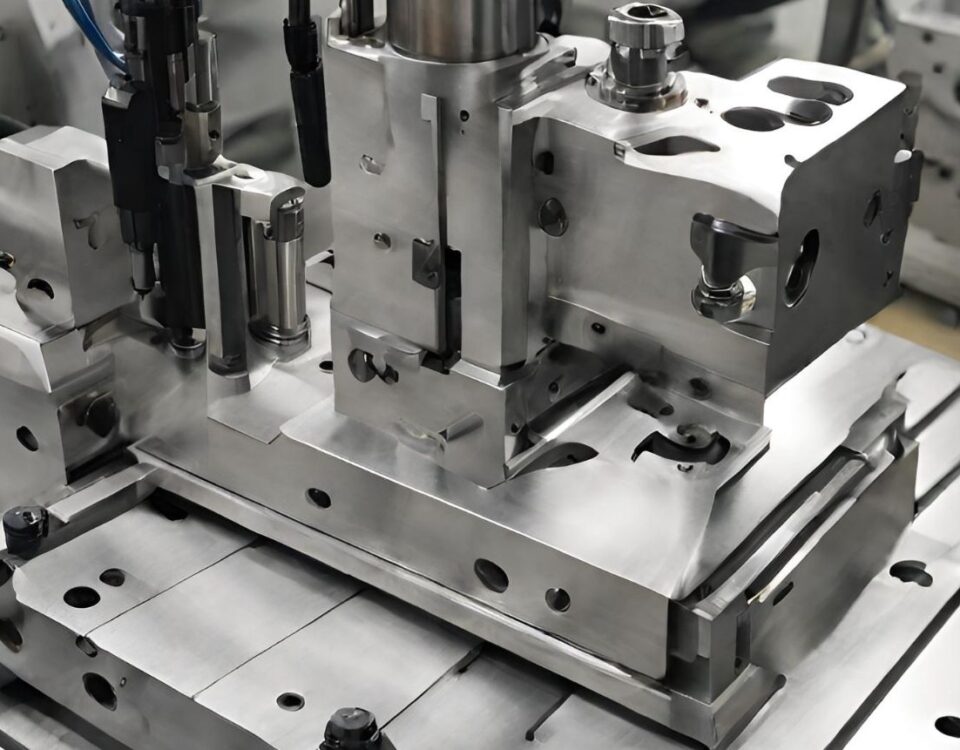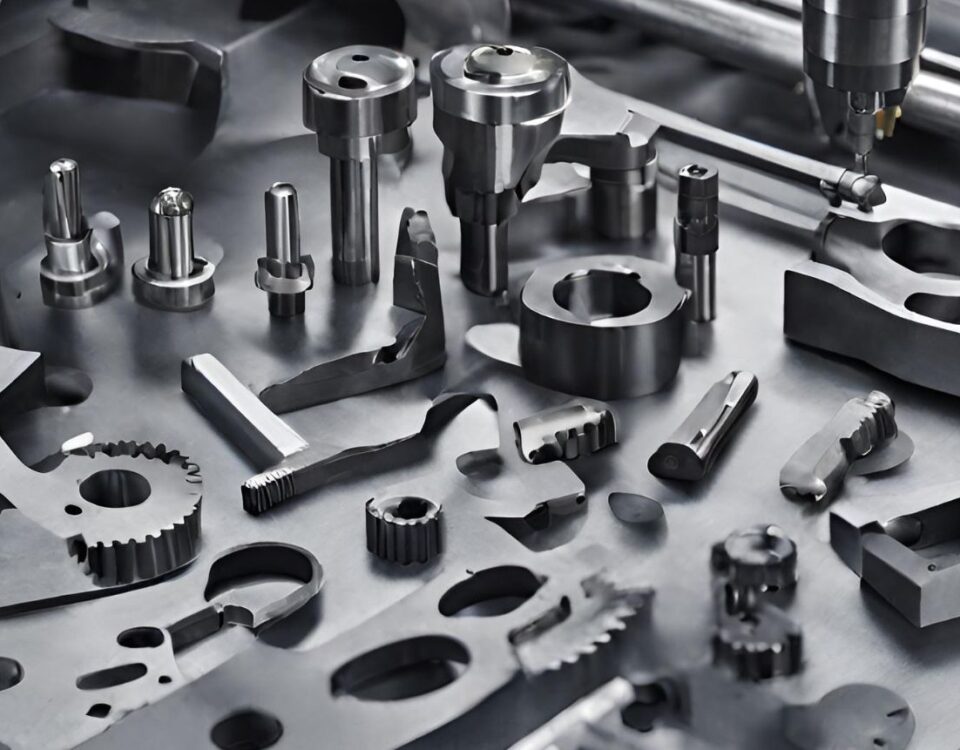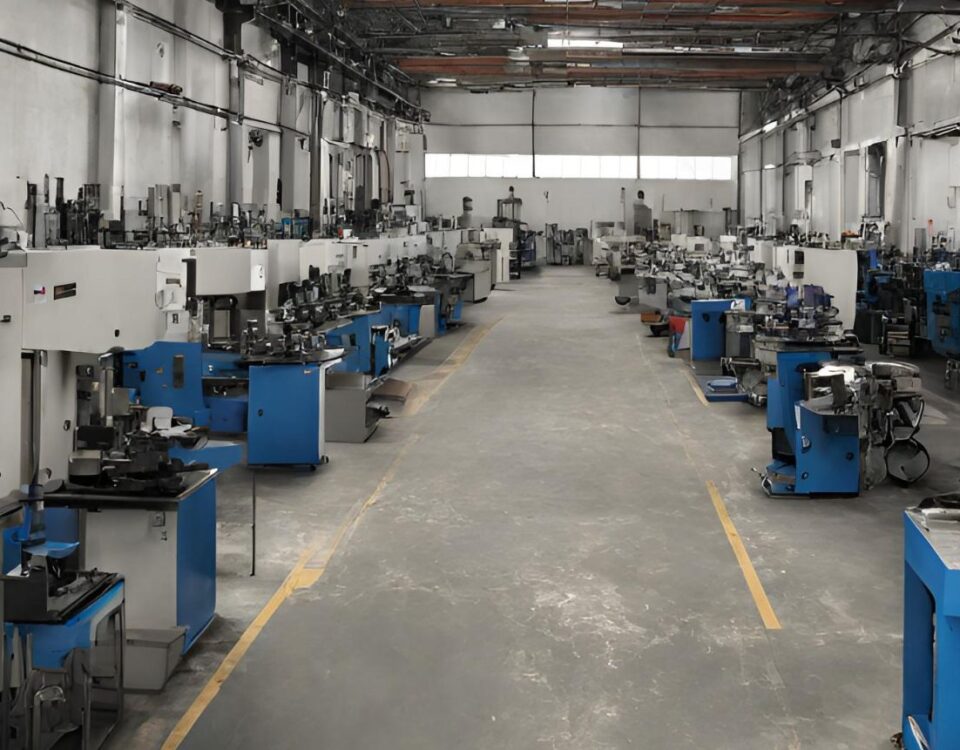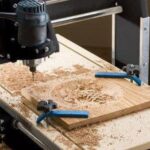
A Guide to Selecting CNC Equipment for Your Needs in Wood CNC Machining
30 October 2023What is CNC Milling?
CNC milling is a type of machining where multi-point rotary cutting tools are moved and operated by computerized controls. To achieve the desired shape and size, the tools gradually remove excess material from the workpiece's surface as they rotate and move across it.
There are four separate steps in the CNC milling process:
CAD model design: Engineers draft a desired part in two or three dimensions.
CAD model conversion to a CNC program: CAM software is used to translate the design into machine instructions after it has been exported into a compatible file format.
Setup for a CNC milling machine: The operator gets the machine and workpiece ready.
Milling operation execution: The machine operator initiates the machining program.
CNC milling machines are the systems that are utilized in CNC milling operations. Depending on their design and the milling requirements, they can have a moving workpiece and a stationary rotary tool, a stationary workpiece and a moving rotary tool, or a moving workpiece and rotary tool. CNC milling machines can be used to create design elements like flat surfaces, contours, grooves, slots, notches, holes, and pockets. However, CNC milling is typically used as a secondary or finishing process for machined components.
CNC Milling Tools
Magazines, carousels, and tool storage areas are examples of optional components that can be added to CNC milling machines, both horizontal and vertical.
They can also be used in conjunction with other instruments to improve their machining capabilities, like:
CNC turning tools: A single setup can be used to accomplish both CNC milling and turning when these tools are integrated into a CNC milling machine.
CNC router tools: These tools can be used for sawing, boring, and cutting tenons and mortises when integrated into a CNC milling machine.
CNC tool grinders: These instruments enable both general and specialized grinding capabilities when integrated into a CNC milling machine.
CNC tool setters: Accurate tool loading and tool length presetting are made possible by integrating these tools into a CNC milling machine.
Work in production
A revolving tool that makes contact with the workpiece during the milling process is used to remove chips. The required shape is achieved by the constant cutting. Nonetheless, there are a few methods for carrying out the cutting:
- Conventional milling
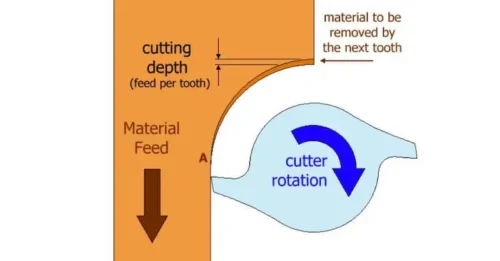
The way traditional milling works mechanically:
- The thickness of the cutting chip rises. High temperatures brought on by this may result in work hardening.
- More rubbing and friction occur at the beginning of a cut, which accelerates tool wear and reduces tool life.
- The finish quality may suffer if chips fall back into the cutting path as the teeth carry them upward.
- Tighter workpiece clamping and fixing are required to prevent displacement brought on by strong upward forces.
- Conventional milling
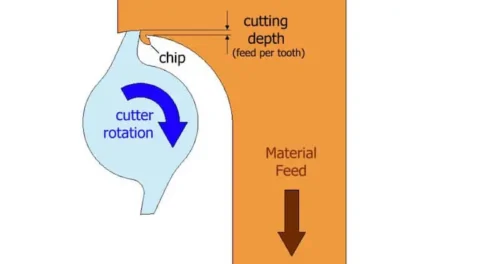
What makes climb milling unique are:
- As the thickness of the cutting chip decreases, the chip heats up instead of the workpiece.
- Less rubbing and a longer tool lifespan result from the cleaner cutting surface.
- The issue of a contaminated cutting path is lessened when the chips fall behind the cutter.
- By producing downward forces, horizontal climb milling lessens the need for additional clamping.
The number of operations involved in the milling process varies depending on the final product's shape and the raw piece's condition. A precise finish and the addition of a few features, like slots or threaded holes, frequently require milling. However, it can also be used to turn a block of material into a completed part. Using larger tools, the first operations quickly remove material to speed up the process and roughly shape the final piece. To produce machined parts with exceptional accuracy, a new tool must be changed. The final stage of precision milling is highly renowned for achieving exceptional levels of surface roughness and engineering tolerances that are difficult to match in other fabrication processes.
Horizontal CNC Milling: What Is It?
CNC milling operations that make use of horizontal milling machines are referred to as horizontal CNC milling. The machines' horizontally oriented tooling, as implied by their name, consists of rotating cylindrical cutters that can move in five different directions to form the holes, slots, details, and shapes of a three-dimensional part. They are appropriate for both end milling and plain milling because of their design. End milling uses tools that have teeth on both the periphery and the face of the tool, while plain milling uses tools that only have teeth on the periphery.
Horizontal CNC milling machines have the following benefits over vertical CNC milling machines:
- They require fewer operations to produce complex components.
- Their processing speeds are three or four times faster than ours.
- They provide superior surface finishes and longer tooling lives.
These are perfect for making the following things:
- Large, heavy, and surface-area-rich components, like those found in aircraft and spacecraft.
- Irregular or specialty parts, like helicoids, gears, and cams.
- Components that need to be machined on several sides.
Particularly for applications requiring slots, grooves, pocketing, or facing, horizontal machining is perfect. A horizontal spindle orientation enables manufacturers to work quickly and efficiently regardless of the purpose of the machine, especially when working on projects that produce a lot of chips. The chips, which are an inevitable byproduct of high-speed milling, can be easily removed or fall away thanks to the horizontal layout.
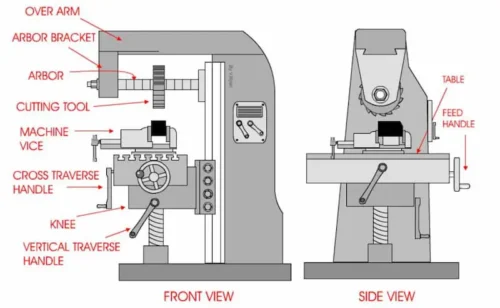
CNC Vertical Milling: What Is It?
CNC milling operations that make use of vertical milling machines are referred to as vertical CNC milling. The machines have tooling that is oriented vertically, as implied by the name. They can be used in end milling operations, which use tools with teeth on the face and periphery, thanks to their design.
Vertical CNC milling machines have the following benefits over horizontal CNC milling machines:
- They can be purchased for less money—up to four or five times less.
- Since it is simpler to see what is happening with the tooling and workpiece thanks to their design, they are simpler to use.
- Because of their smaller size, they take up less room in the machine shop.
- CNC vertical equipment is a great choice for small parts and short runs because of its easy setup and programming process, which enables simple operation and work holding.
High-quality precision parts can be produced with vertical milling in a variety of industries, such as electronics, aerospace, medical, automotive, and industrial projects. Additionally, CNC vertical machining is a great option for prototype applications due to its simplicity of setup. These are perfect for making the following things:
- Engine blocks, gearboxes, spindle boxes, and gear pump shells are examples of box-type components
- Intricately curved components like propellers, engine impellers, cams, and mold cavities
- Components that are unusual or specialized, like bases and brackets

What Are the Types of Milling Cutters?
The most common types of milling cutters are:
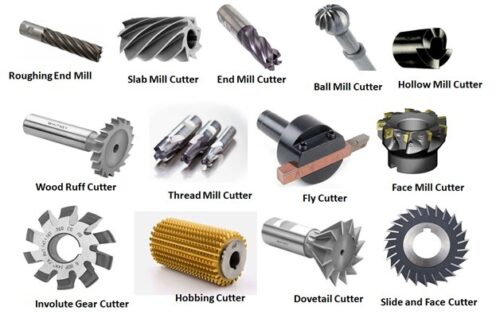
Conclusion
CNC milling has emerged as a powerful technology that unleashes precision and efficiency in the manufacturing industry. By utilizing advanced software and computer systems, CNC milling machines offer unparalleled control and accuracy in shaping and machining various materials. The ability to create complex and intricate parts with exceptional precision has revolutionized the manufacturing process. CNC milling tools, such as cutters, routers, and grinders, have become indispensable in achieving high-quality results and streamlining production. With the power of CNC milling, manufacturers can unleash their creativity, optimize efficiency, and deliver superior products to meet the demands of today's competitive market.

